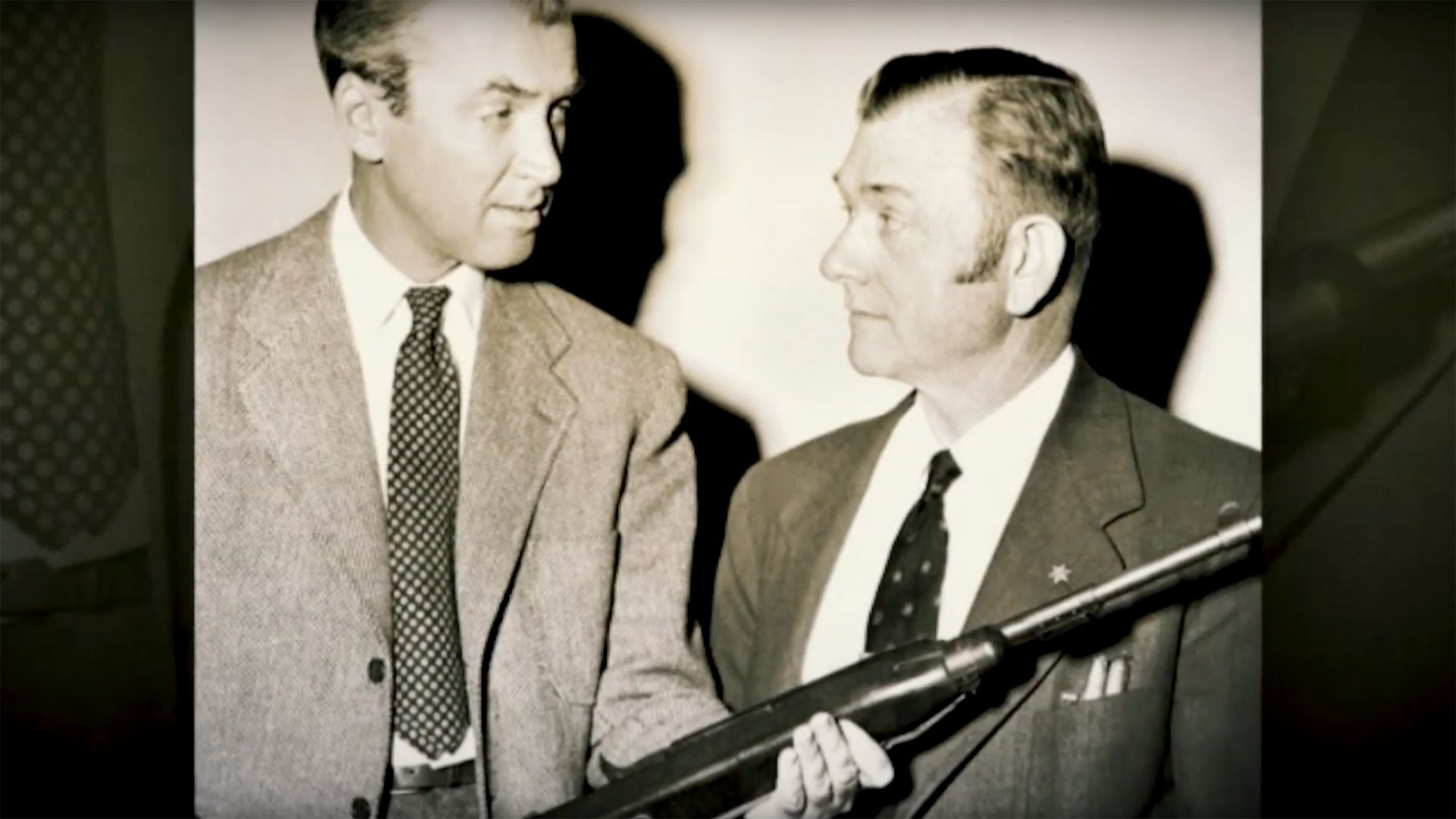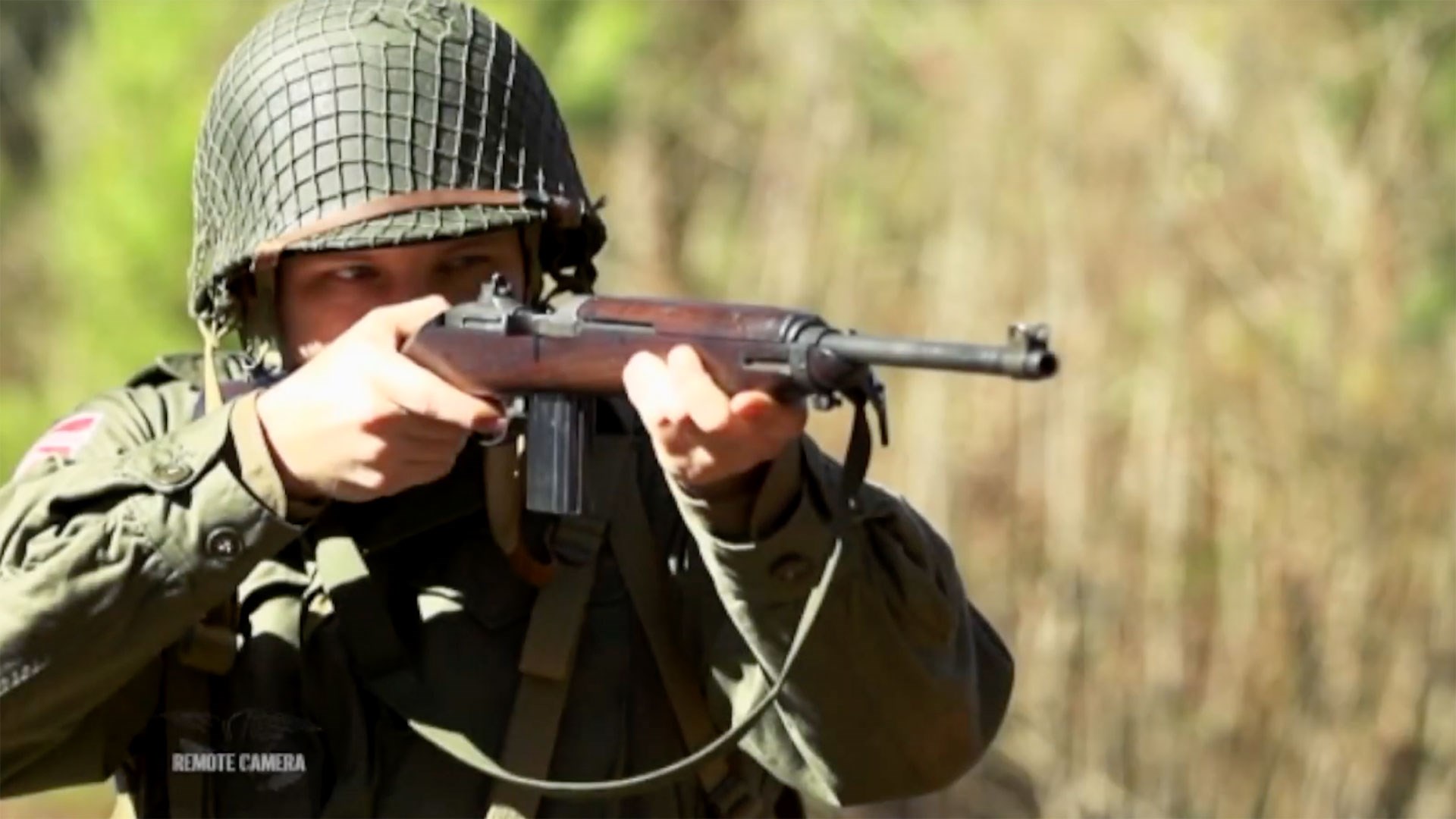Of all the small arms developed and used by the U.S. during World War II, one of the most produced and storied was the M1 carbine. From the men who designed it to the various manufacturers that made it, it serves as a prime example of speedy engineering brilliance and wartime mass production prowess demonstrated by U.S. industry during the 1940s. One of the men responsible for the development of the design that would later become the M1 carbine was David Marshall Williams, who had been convicted for the death of a sheriff's deputy. Serving out his sentence, Williams worked out the fundamentals of the short-stroke piston system that would later be used in the M1 carbine. His work at the time also garnered attention from several firearm manufacturers, including Winchester Repeating Arms, which hired him in 1938.

Williams' piston system was introduced into an experimental, magazine-fed, .30-cal. rifle that the firm was developing as a replacement of the newly adopted M1 Garand. Winchester's bid to have its design replace the M1 rifle went nowhere, however, but the firm was made aware of a new light rifle project that the U.S. Army was seeking entries for in 1941. It was suggested that Winchester's .30-cal. prototype rifle design, if sized down, would be a promising entry. However, the Winchester design team was left with only two weeks to come up with a working example. In an impressive feat of quick engineering, three men were able to develop a working prototype that garnered the attention of the U.S. Army during trials and was officially adopted as the M1 carbine, chambered for the new .30 Carbine cartridge, shortly before the U.S. entered World War II.

Weighing in under 6 lbs., loaded, and feeding from a detachable magazine, the M1 carbine was not intended as a front line combat rifle, but rather as a suitable arm for those not intended to be in the front lines or who would be hampered by the weight of the 9-lb. M1 rifle in their tasks, like cooks, MPs, mortar men and medics. The carbine also had more range and accuracy than the M1911. Despite this, the M1 carbine did make its way to the front lines during the war, where it proved to be a light and easily controllable combat arm. During the war, the M1 carbine was produced by a wide range of manufacturers, many of which were firms that had no background in making firearms previously, including U.S. Postal Meter, Rock-Ola Jukebox Company and even IBM Corp. The monumental task of gearing up the production of M1 carbines across this wide range of companies was no small feat in itself, and it serves as a prime example of the ability of U.S. industry to adapt to production needs in a time of crisis.

After the war, the M1 carbine continued to undergo development and saw use with U.S. troops even into Vietnam. A select-fire version of the M1, called the M2, was also developed, along with a 30-round magazine in place of the 15-round magazine that had been standard before. Many carbines were sent all across the globe during the Cold War to friendly nations, and it continues to see use in some of those countries even today. There have also been a wide range of reproduction and commercial versions of the carbine that have been released over the years, as it is still considered a popular design to shoot, as well as to collect.
To watch complete segments of past episodes of American Rifleman TV, go to americanrifleman.org/artv. For all-new episodes of ARTV, tune in Wednesday nights to Outdoor Channel 8:30 p.m. and 11:30 p.m. EST.

























